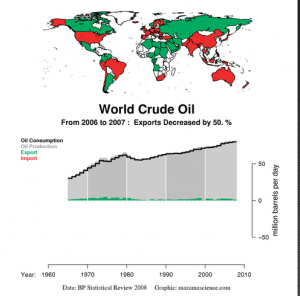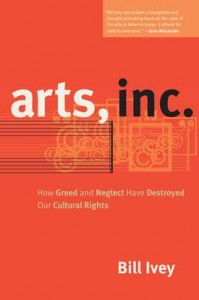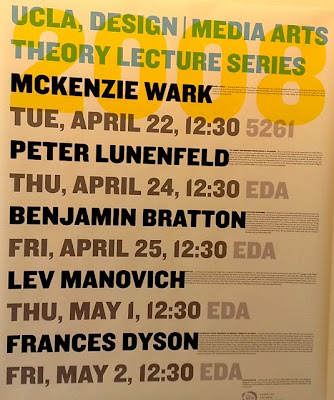media trying to induce some kind of panic? Steve Quayle on CoastToCoastAm radio is in extreme panic mode….The more Gloom & Doom is promoted the more unlikely it can ever happen. Predicting the future has a dismal success record!
April 6, 2008
Duck and Cover: It's the New Survivalism
By ALEX WILLIAMS
THE traditional face of survivalism is that of a shaggy loner in camouflage, holed up in a cabin in the wilderness and surrounded by cases of canned goods and ammunition.
It is not that of Barton M. Biggs, the former chief global strategist at Morgan Stanley. Yet in Mr. Biggs's new book, "Wealth, War and Wisdom," he says people should "assume the possibility of a breakdown of the civilized infrastructure."
"Your safe haven must be self-sufficient and capable of growing some kind of food," Mr. Biggs writes. "It should be well-stocked with seed, fertilizer, canned food, wine, medicine, clothes, etc. Think Swiss Family Robinson. Even in America and Europe there could be moments of riot and rebellion when law and order temporarily completely breaks down."
more here



 plenty more images here
plenty more images here







